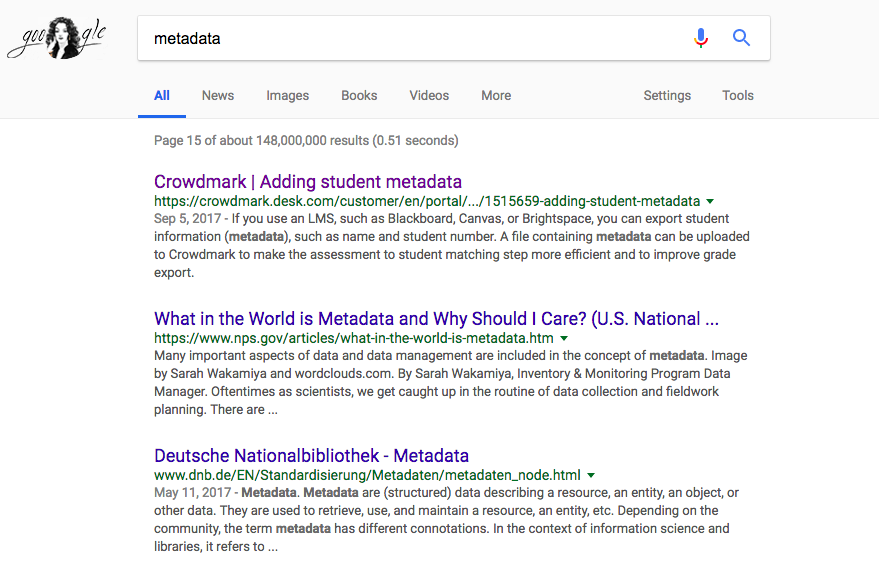Before reading this article, I had a somewhat negative view of algorithms. For me personally, when I think about algorithms, I think of how awful everyone thinks Instagram’s is. While the algorithms mentioned in Gallagher’s article are obviously very helpful and useful for marketing, I do think that this is something a lot of people…
11) Writers as Producers

In the current digital age, writer and producer roles are no longer separate. As John Gallagher says in “Writing for Algorithmic Audiences,” writers are now acting as content producers, “circulating content on various social media platforms, monitoring website analytics, curating metadata, managing comments, and recirculating older writing to new venues” (25). As such, it’s never…
SCP (Secure Contain Protect) Transmedia Storytelling
I think it’s safe to say that I have truly never thought about transmedia storytelling before in my life, and definitely have not looked at it as a technique that can be used as a form of marketing and tool for prolonged fandom. In the Origami Unicorn, Jenkins writes, “any given product is a point…
10: Avatar: The Last Airbender and Transmedia Storytelling
While I was reading Jenkins’s essay “Searching for the Origami Unicorn”, one of my favorite franchises came to mind: the Avatar: The Last Airbender series, also known (to me) as The Only Thing That Looks Good in Papyrus. It was originally a television series, aired on Nickelodeon in 2005, running for three seasons to end in 2008. The…
8: Circulation of Slam Poetry and The Language Barrier

I’ve always thought that hearing an author read their writing out loud is the best way to understand the work. That’s why slam poetry has always had a tight hold on me, and how it has earned a prioritized place in my heart. Authors can combine the beauty and technique behind language with live performances…
8: Spreadability (not just for peanut butter!)

Circulation carries multiple meanings within the publishing industry. In my Small Press Publishing & Editing course last semester, I was taught that circulation refers to how widely a text was distributed. One way of measuring this was how many readers were subscribed to or purchased copies of a particular edition of a publication. According to…
8: Spreadability in the Publishing Industry
I was interested in the idea that Kes and several others have mentioned in their blog posts of “top-down” and “bottom-up” forces that impact the spreadability of a text, or its ability to be circulated (Jenkins et al 4). As a publishing and editing major, I was particularly interested in thinking about how these concepts of top-down and bottom-up forces…
8. Spreadability and Circulation of Internet Challenges
Something that’s been a consistent trend on the internet over the past few years has been social media user’s involvement in internet challenges. Before social media really picked up, I can remember kids in my middle school rubbing erasers into their skin while they said the ABC’s to see who would last the longest….
8: The Circulation and Spreadability of Booktube

I chose “Booktube,” or YouTubers who make videos and channels about books and the publishing industry, for this blog post because I think it is an interesting case of spreadability and participatory culture. Most Booktubers are regular people, usually in their late teens or early twenties, who love books and want to be part of…
Essays: Circulation and Spreadability
As I write essays, not the five by five nonfiction essays we are given in grade school, but the creative nonfiction essays I have been taught to write through practice and reading, I frequently find myself falling onto the question of audience. “Even if this gets published,” I think, “does anyone really read essays?” It’s…